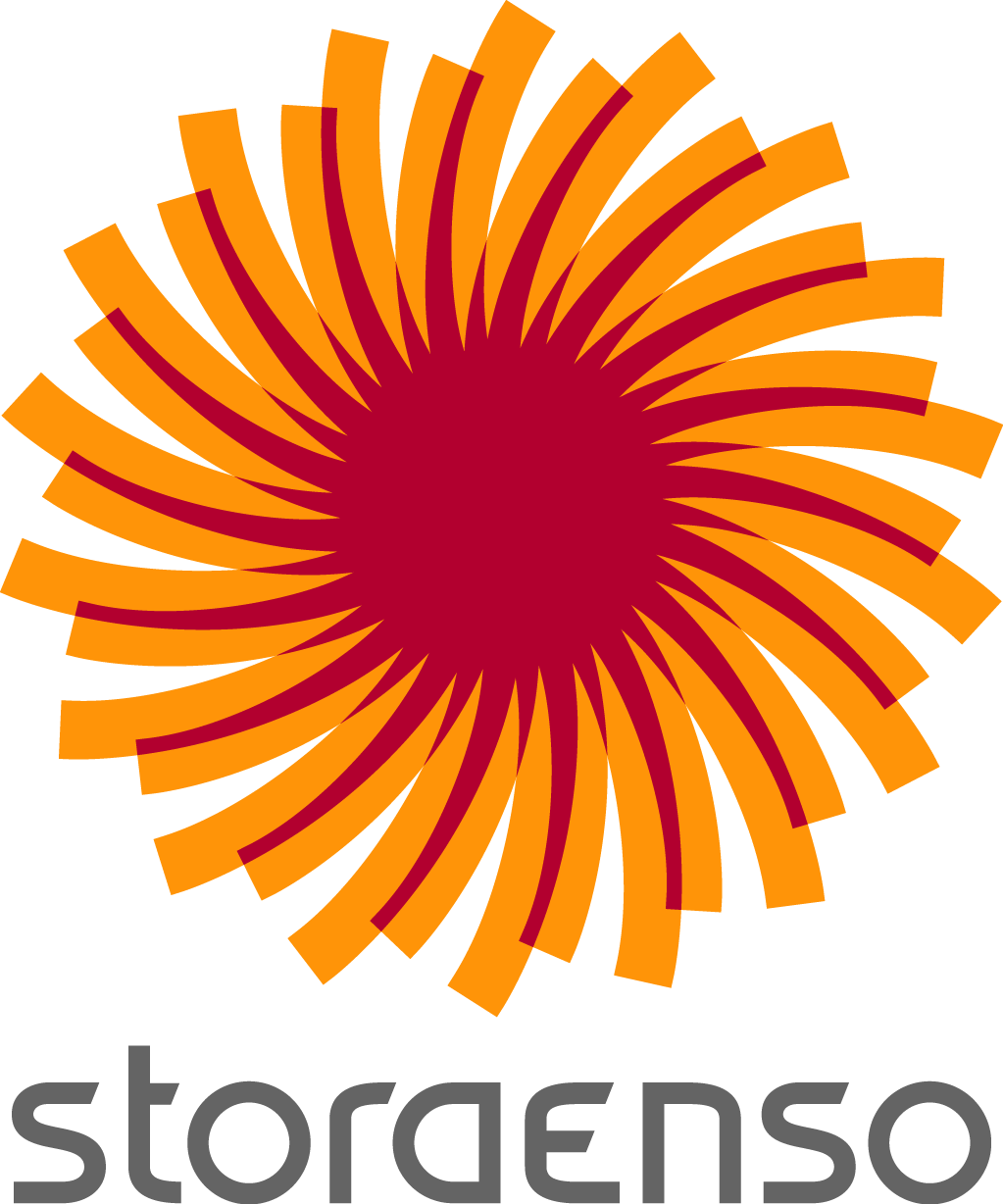Typography
Helvetica Neue
Used correctly and consistently, typography is a strong branding tool that adds clarity and distinctiveness. Helvetica Neue is selected as the corporate typeface. It is a classic sans serif that is both functional and highly legible. Its simple and neutral character allows content to speak for itself, free of decorative elements.
Typeface specifications
Primary typeface: We use two weights of the Helvetica Neue typeface, 55 Roman and 75 Bold including italics. The numbers refer to the specific weight and are part of the typeface name (e.g. Helvetica Neue 55 Roman). Download link can be found at the end of the page.
Web fonts: Special versions of the Helvetica Neue fonts are required for web use. Please visit Digital UI Library for web fonts.
Non-Latin typefaces: In regions where non-Latin alphabets are in use, it is important to communicate using the local alphabetic system. Substitute typefaces for Chinese (Hei Chinese W7 and W12) and Japanese languages (DFHS Gothic Japanese W5 and W9) have been chosen for their visual resemblance to the Helvetica Neue weights we use. Helvetica Neue also has a Cyrillic typeface that should be used wherever applicable. Download link can be found at the end of the page.
Attention: These fonts should always be used when producing printed material, as well as in advertising. All printed material must be produced according to the graphic guidelines and use the Helvetica Neue typeface family. The Helvetica Neue typeface is available in Open Type, compatible with both PC and Mac platforms.
The Arial typeface is only allowed for PowerPoint and other internal uses, e.g. Office templates, where the availability of Helvetica Neue cannot be guaranteed.
Typographic settings
The Helvetica Neue typeface has been chosen for its legibility and simplicity in order to enhance the clarity of our communications. When designing with typography it is important to do so with consideration. Take time to establish a hierarchy of information and use size and colour to direct and lead the reader through the content in a logical order.
Headlines: Headlines can be set in Helvetica Neue 75 Bold or Helvetica Neue 55 Roman. Always set headlines in 100% of an approved Stora Enso colour, black or white.
Body text: Body text should always be set in Helvetica Neue 55 Roman in at least 8 points. Always set body text in 100% of an approved Stora Enso colour, black or white. In order to retain legibility, avoid setting text smaller than 6 points.
For a consistent typographical expression we have chosen fixed values regarding leading, see examples shown on this page. There are settings for advanced leading provided, see next page.
Advanced typographic settings for headlines
When working with headlines with two or more rows, optional typographical settings are avaliable to ensure good legibility and a strong visual impact. There are three settings for leading provided: default mode, advanced mode and diacritic mode.
Line height 95% (default mode): The default mode is preset in the templates for all headlines.
Line height 86% (advanced mode): The advanced mode, with a tighter leading, is used to create a more enhanced visual effect. These setting are for headlines without colliding descenders and ascenders of characters.
Line height 120% (diacritic mode): For headlines with diacritic characters with high ascenders (e.g. the Scandinavian letters Å, Ä, Ö) an increased line height can be used to ensure that no descenders and ascenders collide.
One colour headlines
Headlines can be set in Helvetica Neue 75 Bold or Helvetica Neue 55 Roman in either 100% of an approved Stora Enso colour, black or white.
By using different colours and sizes in headlines a hierarchy of information can be established. Colours and sizes can also help direct and lead the reader through the content in a logical order. Do not use too many different colours or too many different sizes. This can give a messy outcome and also create unwanted hierarchies. If your application has many coloured boxes or images you will get a a better result using only black or white headlines. The options are many, so use colours and sizes in typography with consideration.
Two colour headlines
Headlines can be set in Helvetica Neue 75 Bold or Helvetica Neue 55 Roman in either 100% of an approved Stora Enso colour, black or white.
By using different colours and sizes in headlines a hierarchy of information can be established. Colours and sizes can also help direct and lead the reader through the content in a logical order. Do not use too many different colours or too many different sizes. This can give a messy outcome and also create unwanted hierarchies. If your application has many coloured boxes or images you will get a a better result using only black or white headlines. The options are many, so use colours and sizes in typography with consideration.
To add more identity to your application or communication a two coloured headline can be used. The first part of the two coloured headline should always be black or white, depending on the background, and the last part can be in any of the Stora Enso colours in 100% tint. The two coloured headline is used to give impact to the meaning of the words in the sentence. Make sure that it is used correctly and that it fits the content. The two coloured headline is used in many applications such as advertisements, roll-ups and brochures. Please see the application section for more details.
Headline colours with light background
Headline colours with dark background
Always ensure good legibility when the headline is applied on a dark background.
Download
The following fonts are available on the BMT: Helvetica Neue font, Cyrillic, Chinese and Japanese substitute typefaces.
Attention: The fonts are for Stora Enso employees only. Vendors must purchase the typeface before using it.
